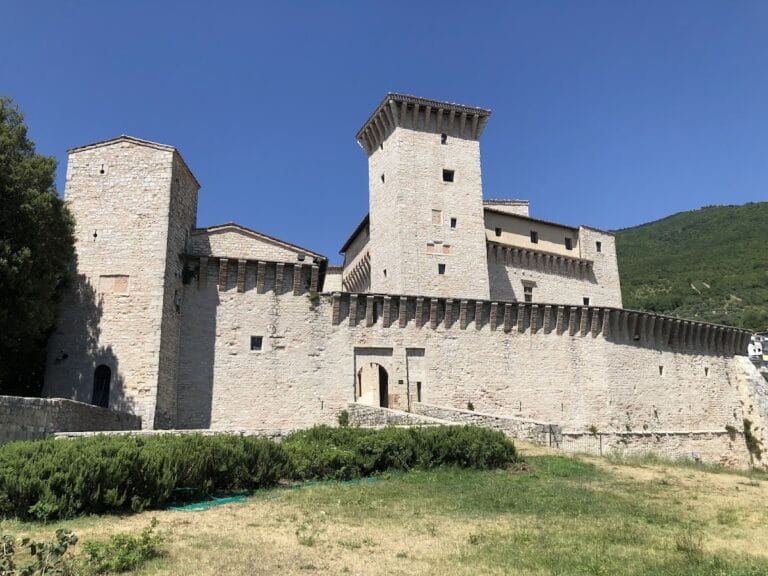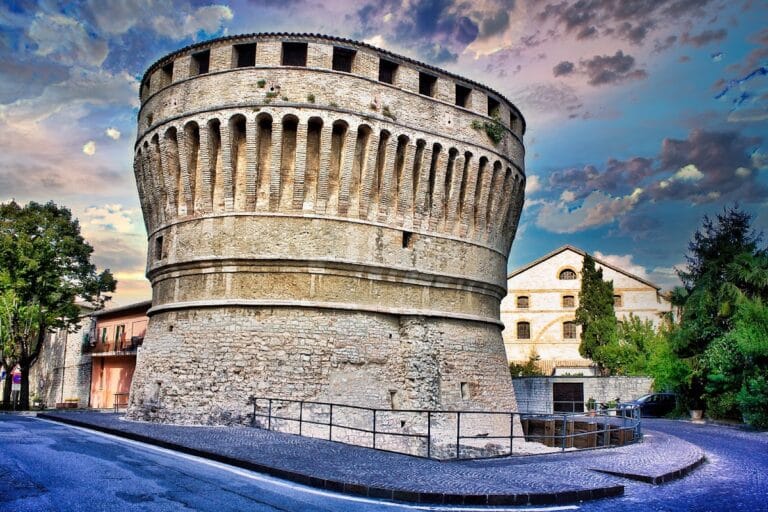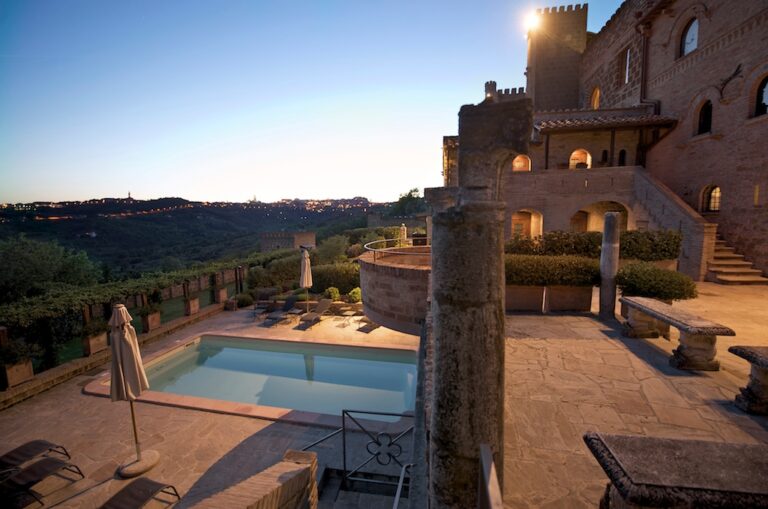Roman Theatre of Gubbio: An Ancient Entertainment Venue in Umbria, Italy
Visitor Information
Google Rating: 4.5
Popularity: Low
Google Maps: View on Google Maps
Official Website: www.musei.umbria.beniculturali.it
Country: Italy
Civilization: Roman
Remains: Entertainment
History
The Archaeological Park and Roman Theatre of Gubbio is located in the city of Gubbio, within the province of Perugia, in the Umbria region of central Italy. The theatre was constructed during the Roman era when the city was known as Iguvium. This ancient settlement was part of the Roman civilization and grew in the 1st century CE.
Following the decline of Roman authority, the theatre fell into disuse and gradually became a ruin. Over the centuries, the site was abandoned and partially buried, with its original function forgotten. In the last two hundred years, restoration efforts have uncovered and preserved much of the structure, shaping the remains visible today.
Archaeological excavations around the theatre have revealed artifacts that are now displayed in a nearby antiquarium museum. These finds provide insight into the daily life and cultural practices of the ancient inhabitants of Iguvium. In modern times, the theatre occasionally hosts outdoor performances during summer, reviving its original role as a place of public gathering and entertainment.
Remains
The Roman Theatre of Gubbio features a semicircular design typical of Roman theatres, constructed primarily from limestone. The structure originally included two levels of arcades, with a total of 27 arches forming the curved façade. These arcades supported the seating areas and created a grand architectural appearance.
One notable feature is the vomitorium, a passageway that allowed spectators to enter and exit the seating area efficiently. This vomitorium connected to a covered corridor, facilitating smooth movement of the audience within the theatre. The design reflects careful planning to accommodate large crowds.
The theatre’s orchestra pit, where performances took place, is separated from the stage area by a tall podium. This division clearly marked the boundary between performers and spectators. The theatre was built to hold approximately 6,000 people, indicating its role as a major entertainment venue in the ancient town.
Restoration work carried out over the past two centuries has stabilized and partially reconstructed the ruins, allowing visitors to appreciate the theatre’s original layout. The limestone arcades and other structural elements remain largely in situ, providing a tangible connection to the Roman past.
Artifacts recovered from the theatre and its surroundings are exhibited nearby, offering additional context about the site’s history and use. These finds complement the architectural remains and contribute to understanding the cultural environment of ancient Iguvium.










